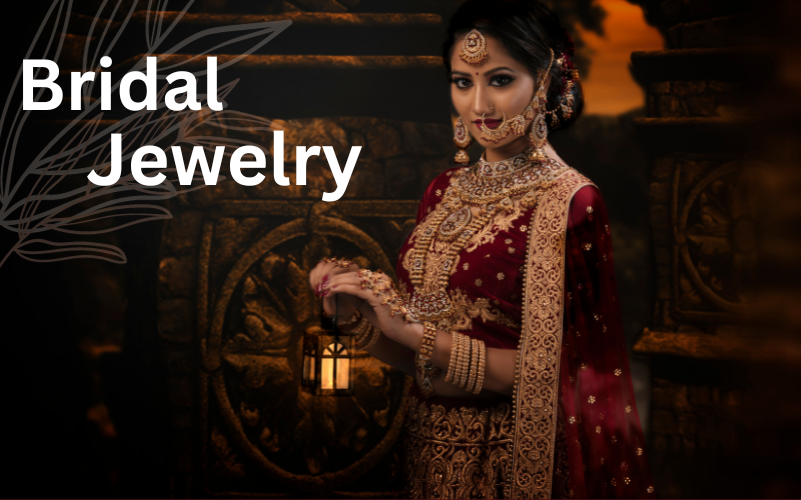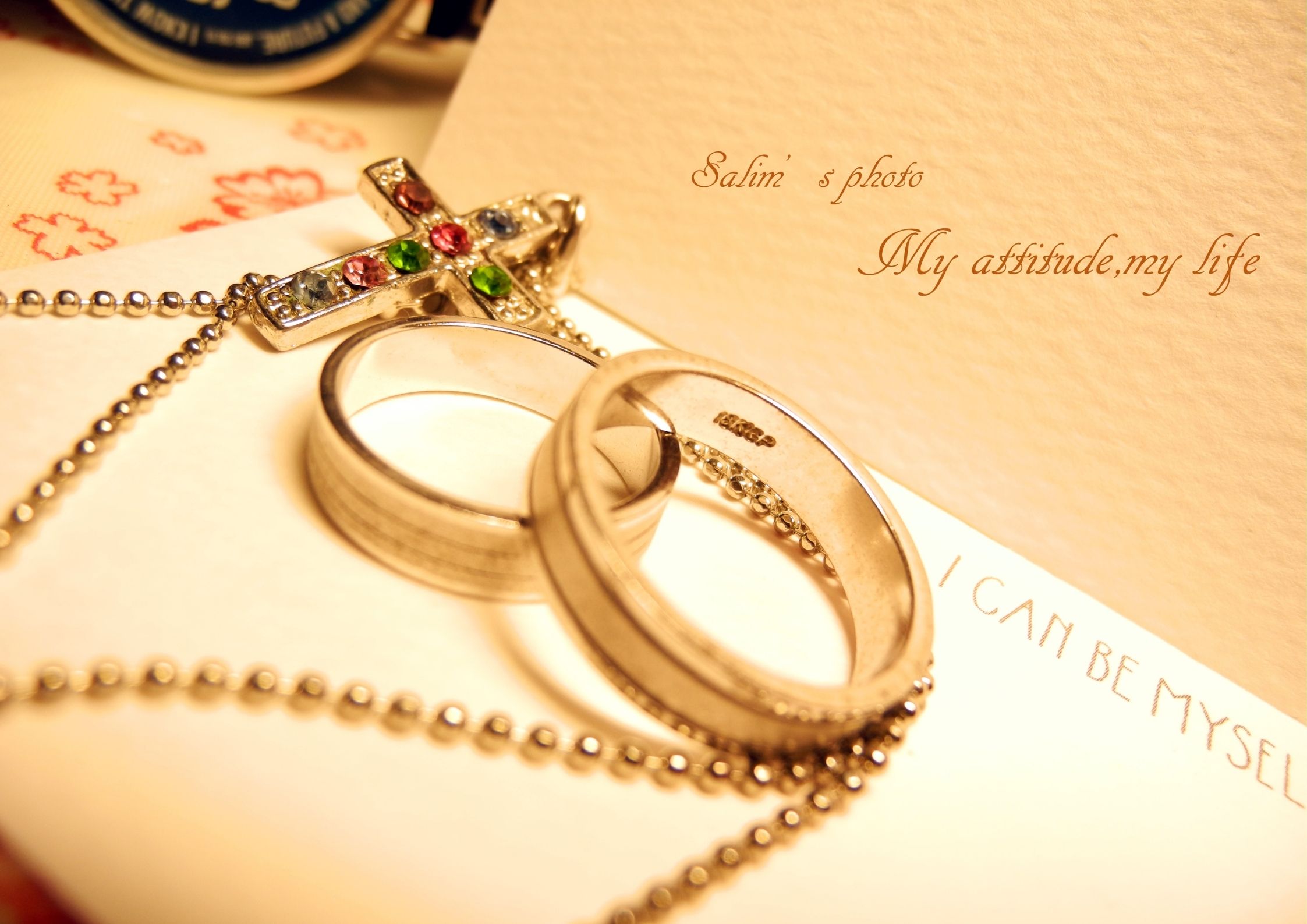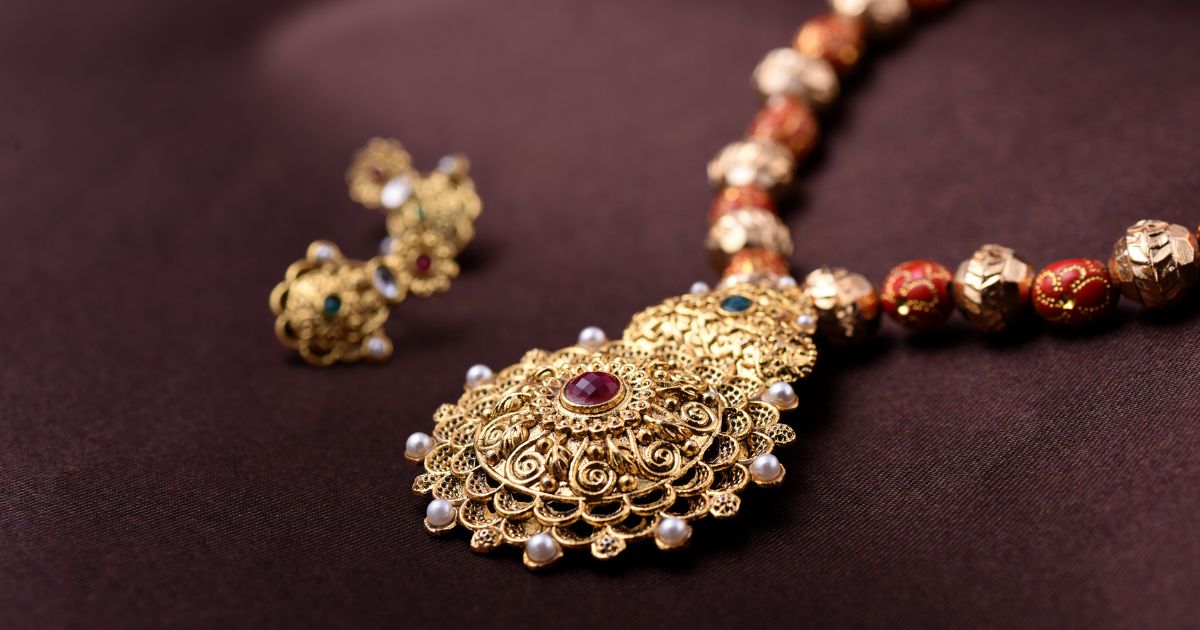Introduction
Indian weddings are lavishly celebrated and a reflection of the nation’s cultural diversity. The Indian wedding jewelry, a collection of exquisite decorations that not only enhance the attractiveness of the bride but also carry significant cultural and symbolic meaning, is at the center of this spectacular ceremony.
We’ll take you on a fascinating tour of the alluring world of Indian bridal jewelry in this article. We will delve into the numerous regionally-specific fashions, unearth the underlying symbolism behind each piece, and examine the timeless allure that these priceless items bring to the bride’s once-in-a-lifetime event.
Indian bridal jewelry is a repository of history, legacy, and love rather than merely ornamentation. These ornaments are meticulously picked to reflect traditions, ceremonies, and blessings rather than just being chosen for their visual appeal. Each item has a meaning, whether it be the elaborate maang tikka that represents the merging of souls or the choker necklace that is thought to bring luck.
Indian bridal jewelry embodies the country’s rich cultural diversity with its rich tapestry of designs, from the exquisite Polki and Kundan jewelry of Rajasthan to the South Indian designs influenced by temples. It keeps working its eternal magic, complementing the bride’s beauty and bearing witness to ages of custom and love.
The Significance of Indian Bridal Jewelry
Each item of Indian bridal jewellery is more than just an accessory; it represents tradition, blessings, and the love shared by two people. These ornaments are worn for more reasons than merely their aesthetic value because they are closely linked to traditions, rituals, and beliefs. Let’s explore the meaning of some of the essential components of Indian bridal jewellery:
1. Maang Tikka: The Maang Tikka, a fascinating decoration worn on the bride’s forehead, is a crucial component of Indian bridal jewellery. This decorative item has deep symbolism in addition to being a beautiful accessory. It is thought to guard the bride from bad energy and give her a shield of happiness and peace as she embarks on her married life. The pairing of two souls is another meaning of the Maang Tikka.
Its pendant, elegantly placed on the bride’s forehead, represents the reawakening of her inner knowledge and emphasises the value of a strong and meaningful relationship between the pair. The Maang Tikka exudes significance as the bride proceeds down the aisle, adorning her with both beauty and spirituality.
2. Nath (Nose Ring): The Nath, or nose ring, holds a special place in the array of bridal jewelry. Beyond its aesthetic allure, it carries immense cultural and symbolic significance. As a bride dons the Nath, she announces her newfound status as a married woman, embracing the responsibilities and privileges that come with it.
In some Indian regions, the Nath also symbolizes honor and respect for the groom’s family, signifying the bride’s willingness to be a part of her husband’s household. With intricate designs and often adorned with precious stones, the Nath graces the bride’s face with elegance and charm, making it a symbol not only of marital commitment but also of cultural heritage.
3. Choker Necklace: The Choker Necklace is a prominent feature of Indian bridal jewelry, known for its captivating designs and cultural significance. This necklace, worn close to the bride’s neck, serves a dual purpose. First and foremost, it is believed to bring good luck and ward off evil spirits, providing protection to the bride as she embarks on her new life. Secondly, the Choker Necklace highlights the bride’s neck, accentuating her grace and beauty.
With intricate patterns and often embellished with precious stones, the Choker Necklace adds a touch of opulence and elegance to the bridal ensemble. It is a testament to the intricate craftsmanship that has been passed down through generations, making it a symbol of tradition, beauty, and protection.
4. Haar (Necklace): Necklaces, known as Haar in Indian bridal jewelry, are far more than ornamental pieces. They hold deep cultural significance and are believed to enhance the bride’s beauty. These necklaces come in various styles, from the elaborate and ornate to the more delicate and traditional. Regardless of the style, they play a vital role in adorning the bride on her special day.
Beyond their aesthetic appeal, Haars are also considered a form of protection, shielding the bride from negative energies. With their intricate designs and precious gemstones, these necklaces are not just jewellery but embodiments of tradition and elegance.
5. Bangles (Chooda): The traditional set of red and ivory bangles, known as Chooda, holds immense significance in Punjabi bridal jewelry. These bangles signify a bride’s marital status and are a symbol of prosperity. Typically, they are worn for a specific duration following the wedding, after which the bride transitions into her new life with her husband.
The vibrant red and ivory hues of the Chooda are not only visually appealing but also reflect the auspiciousness and joy associated with a Punjabi wedding. This tradition reflects the deep-rooted customs that bind families and communities together, making the Chooda an emblem of marital bliss and prosperity.
6. Bichua (Toe Ring): The Bichua, or toe ring, is a subtle yet significant piece of Indian bridal jewelry. It symbolizes a woman’s married status and is an age-old tradition in many Indian cultures. Additionally, in some regions, the Bichua is believed to represent fertility and auspiciousness, signifying the hope for a fruitful and harmonious married life. Crafted with intricate designs and sometimes embellished with gemstones, the Bichua adds a touch of elegance to the bride’s feet.
As she takes her first steps into her new life, the Bichua quietly yet beautifully announces her marital journey and the auspicious beginnings that lie ahead.
7. Kamarbandh (Waistband): The Kamarbandh, or waistband, is an exquisite adornment worn around the bride’s waist. This ornate piece is adorned with intricate designs and holds cultural significance. It is believed to enhance a bride’s feminine grace, emphasizing her beauty and charm. Additionally, the Kamarbandh carries symbolic meaning, signifying the bride’s ability to bear children and usher in the next generation.
It celebrates the sanctity of marriage and the hope for a future filled with love, family, and prosperity. As the bride gracefully wears this waistband, she embraces not only her role as a wife but also her potential as a mother, making the Kamarbandh a symbol of hope, femininity, and marital blessings.
Indian bridal jewelry is a rich tapestry of tradition, symbolism, and craftsmanship. Each piece, from the Maang Tikka adorning the bride’s forehead to the Kamarbandh encircling her waist, carries deep cultural significance, reflecting the values and customs of diverse Indian communities. These ornaments are more than mere accessories; they are a testament to the profound meaning and beauty that adorn a bride as she embarks on her journey of love and commitment.
Diverse Styles of Indian Bridal Jewelry
India’s rich cultural tapestry translates into a wide variety of bridal jewelry styles, each unique to its region. Some of the prominent styles include:
1. Polki and Kundan: These two distinct styles of Indian bridal jewelry originate from the vibrant state of Rajasthan, known for its rich heritage and intricate craftsmanship. Polki jewelry features uncut diamonds, creating a unique and rustic appearance. These unpolished diamonds are set in gold, showcasing their natural beauty and imperfections, making each piece one-of-a-kind.
On the other hand, Kundan jewelry is characterized by the use of highly refined gold and the setting of glass or gemstones. This style is renowned for its intricate and delicate work, with skilled artisans handcrafting elaborate designs that often include motifs inspired by nature and mythology. Polki and Kundan’s jewelry epitomize the opulence and heritage of Rajasthan, making them highly coveted choices for brides seeking pieces that reflect both tradition and individuality.
2. Temple Jewelry: Temple jewelry finds its origins in South India, a region known for its awe-inspiring temples and rich cultural heritage. This style of jewelry is defined by its intricate motifs inspired by temple architecture. Crafted primarily in pure gold, temple jewelry features ornate designs that often depict deities, divine creatures, and intricate temple carvings. The significance of temple jewelry goes beyond aesthetics; it is deeply rooted in spirituality and tradition.
Brides who choose temple jewelry not only adorn themselves with pieces of great artistic value but also carry a piece of their cultural heritage on their special day. With its timeless allure and divine motifs, temple jewelry has a unique place in the hearts of South Indian brides and admirers of fine craftsmanship worldwide.
3. Jadau: The Jadau style of jewelry is cherished in North India, particularly in regions like Rajasthan and Gujarat. This style is renowned for its exquisite detailing and enameling techniques. Jadau jewelry often incorporates precious stones like emeralds, rubies, and pearls, creating a striking contrast against the rich gold settings. The intricate art of Jadau involves setting these gemstones into a framework of gold, creating elaborate and ornate designs.
The final touch involves enameling, where vibrant colors are added to the piece, enhancing its visual appeal. Jadau jewelry is a testament to the skilled craftsmanship of artisans in the region, and it stands as a symbol of royalty and luxury. Brides who choose Jadau jewelry revel in its timeless beauty and the grandeur it adds to their bridal ensemble.
4. Antique Jewelry: Brides who value the charm of vintage pieces are drawn to the appeal of antique jewelry. These decorations frequently have priceless stones that have stood the test of time, along with exquisite shapes and patterns. Each piece of antique jewelry is a treasure mine of history and skill since it may have aspects from numerous historical eras.
Antique jewelry has a certain allure due to its character and the stories that have been passed down through the centuries about it. When brides opt for antique jewelry, they not only decorate themselves with gorgeous items but also embrace nostalgia and a feeling of history. A link between heritage and modern elegance, antique jewelry honors the timeless allure of bygone times.
5. Contemporary Fusion: In a culture that values uniqueness and accepts a variety of aesthetics, contemporary fusion jewelry is becoming more and more popular among modern brides. This design effortlessly fuses conventional patterns with cutting-edge aesthetics, enabling brides to create a pleasing balance between tradition and individual taste. Modern designs or cutting-edge materials may be combined with classic motifs and craftsmanship to create contemporary fusion jewelry.
They give brides the chance to show off their individuality and fashion-forward tastes while also honoring their ethnic heritage. Couples can combine the finest of both worlds and represent the changing nature of bridal fashion in today’s multicultural society with contemporary fusion jewelry.
Conclusion
Indian bridal jewelry is more than just an adornment; it is a representation of culture, history, and love. Each piece tells a tale, and the detailed craftsmanship and cultural symbolism are what give it beauty. Indian bridal jewelry never goes out of style, whether it’s the timeless elegance of a Kundan necklace or the intricate workmanship of a temple jewelry set. It is an essential component of the elaborate tapestry of Indian weddings since it not only brings out the beauty of a bride but also captures decades of tradition and love.




